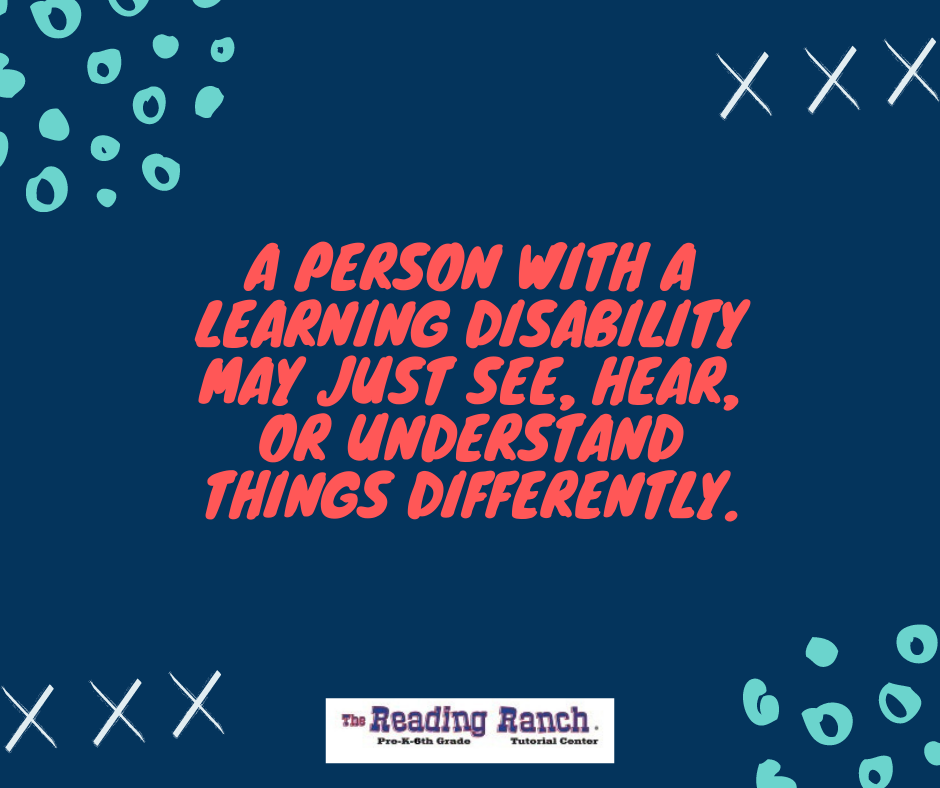Ten Telltale Signs Of Learning Disabilities in Children Who Struggle To Read
If you’re a parent who often wonders why your child continues to struggle so much with reading, you’re not alone.
According to several sources, roughly 10 million children around the world have difficulties learning to read. This could be for a variety of reasons, including the child not having enough access to books, inadequate teaching methods at school or at home, teachers not catering to individual learning needs, or even poor phonemic awareness.
Learning disabilities affect how well a child can read, write, speak, perform math, and handle other tasks. They come in varying degrees of difficulty (in other words, each child is affected by them differently) and can range from dyslexia to language and hearing impairments, memory issues, ADHD, and more. Per the National Institutes of Health, eight to 10 percent of American children under 18 years of age have some type of learning disability.
Learning disabilities have nothing to do with how smart or intelligent a child is. Rather, someone with a learning disability may just see, hear, or understand things differently. This can make everyday tasks, such as studying for a test or staying focused in class, much more difficult. There are strategies a person can learn to make it easier to cope with these differences.
The good news about learning disabilities is that scientists are learning more every day. Their research provides hope and direction.
The importance of early diagnosis
If parents, teachers, and other professionals discover a child’s learning disability early and provide the right kind of help, it can give the child a chance to develop the skills needed to lead a successful and productive life. A recent National Institutes of Health study showed that 67 percent of young students who were at risk for reading difficulties became average or above-average readers after receiving help in the early grades.
Many of these obstacles can be fixed quickly by seeking help, but other times, the problem could be because of an underlying – and often undiagnosed – learning disability.
Parents, teachers, and even literacy specialists need to be familiar with the early warning signs of a learning disability to ensure the child gets the right help as quickly as possible
Become aware of possible signs
If you are aware of some of the common signs of learning disabilities, you will be able to recognize potential problems early. The following is a checklist of characteristics that may point to a learning disability. Most people will, from time to time, see one or more of these warning signs in their children. This is normal. If, however, you see several of these characteristics over a long period of time, consider the possibility of a learning disability.
10 Common signs of a possible learning disability
- Delayed ability to speak in comparison to other children
- Difficulties learning the connection between letters and sounds
- Poor coordination and prone to accidents
- Difficulty rhyming words, learning the alphabet, and days of the week
- Restlessness and distraction issues
- Inability to follow directionsProblems staying organized
- Weak memory skills
- Trouble summarizing
- Awkward pencil grip
If you suspect that your child may have a learning disability please talk to your pediatrician, teachers, and counselors. Seek help and/or a diagnosis quickly and most of these issues can be corrected, or at least significantly improved with early detection.





